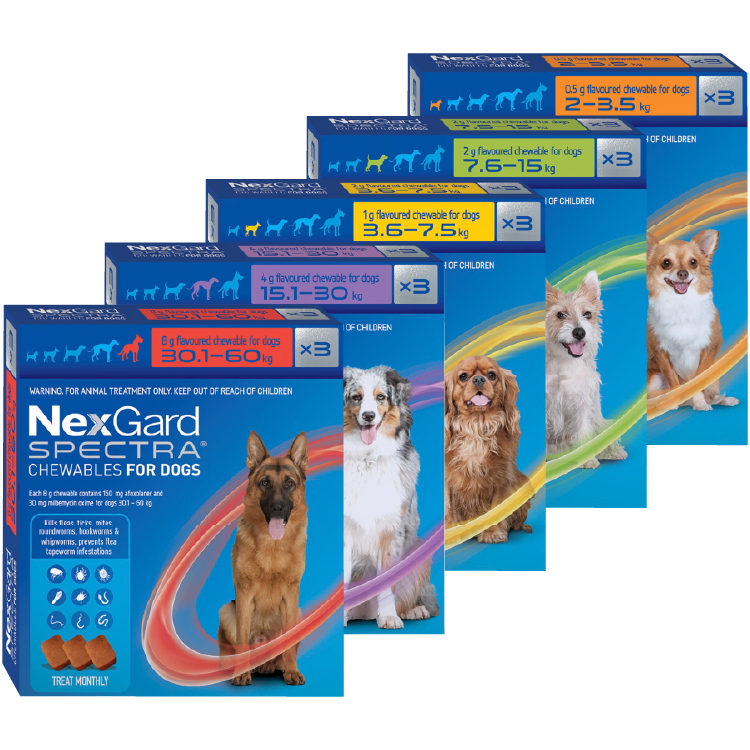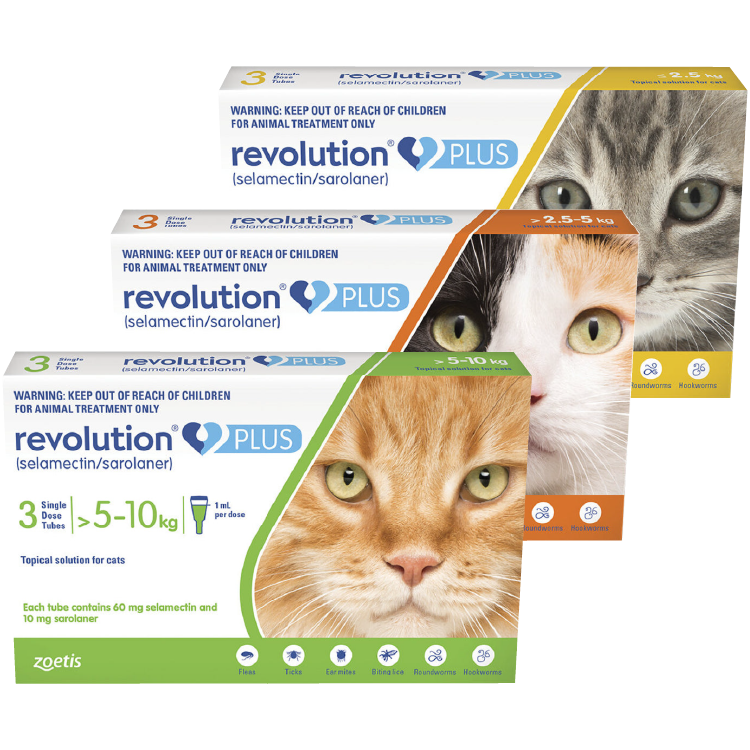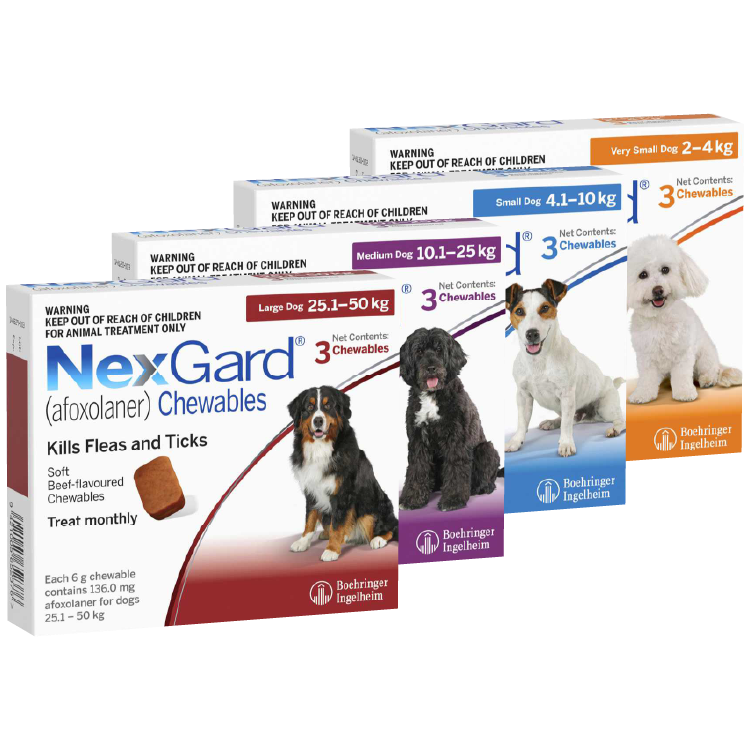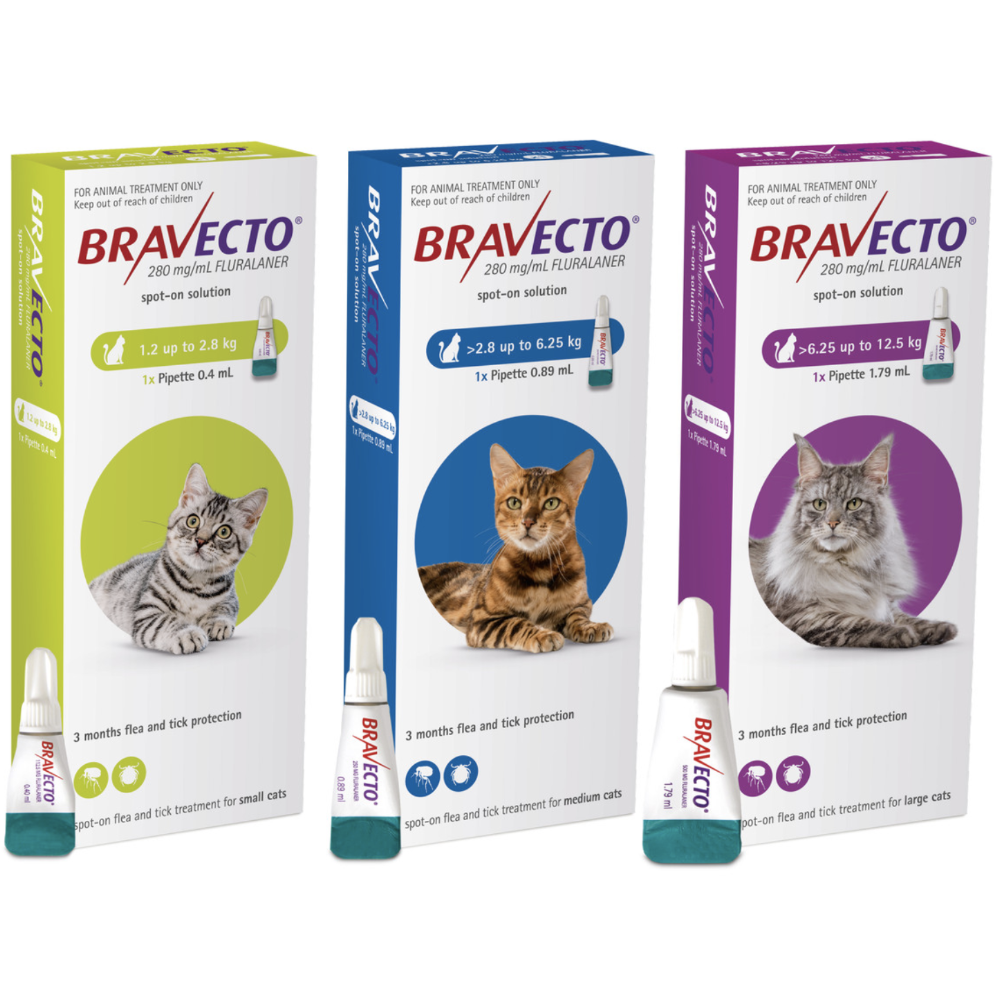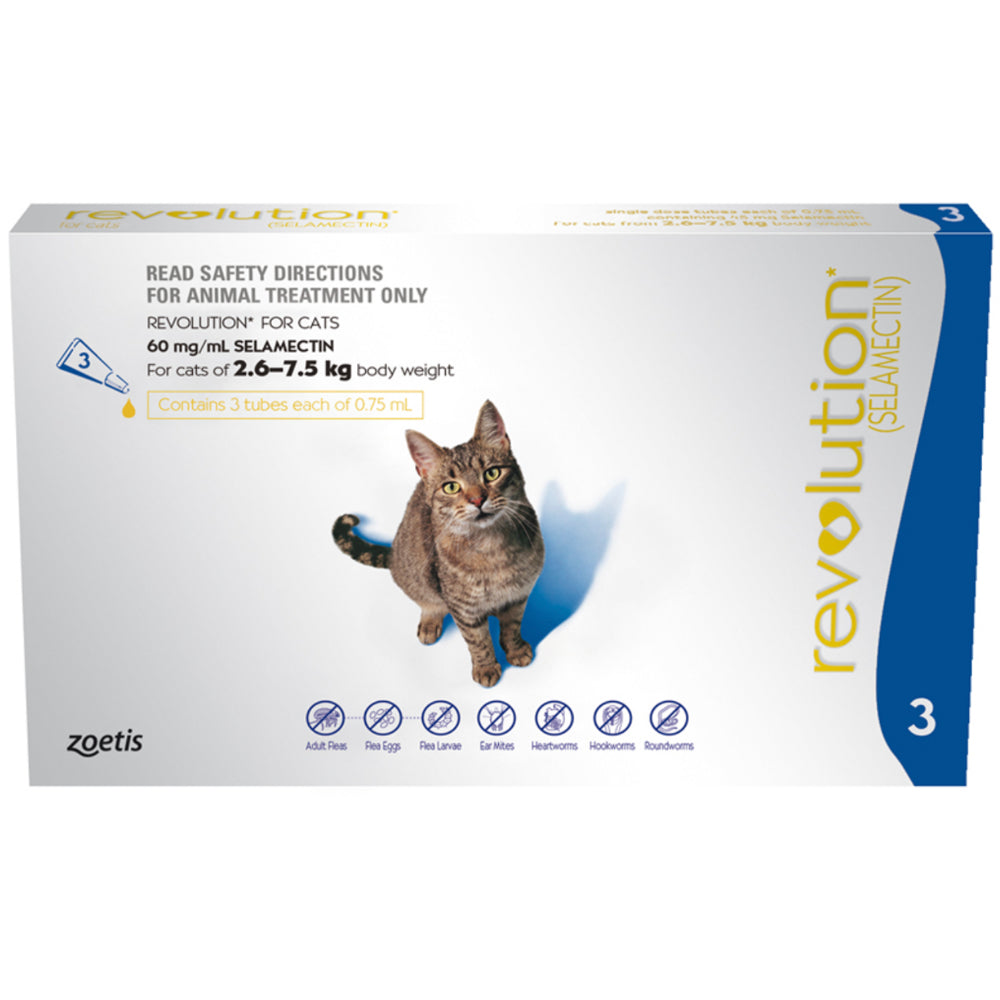NZ-Owned & Vet-Led | 100% Money-Back Guarantee | FREE Shipping
NZ-Owned & Vet-Led | 100% Money-Back Guarantee | FREE Shipping
Add description, images, menus and links to your mega menu
A column with no settings can be used as a spacer
Link to your collections, sales and even external links
Add up to five columns
Add description, images, menus and links to your mega menu
A column with no settings can be used as a spacer
Link to your collections, sales and even external links
Add up to five columns
Faecal tests for worms in dogs and cats
August 19, 2025 2 min read

Introduction
A faecal (stool) test looks for parasite eggs or larvae in your pet’s poo. It helps confirm the type of worm and whether a treatment plan is working. This guide explains when testing helps and how to get a good sample.
What a faecal test can show
-
Eggs or larvae from intestinal worms such as roundworm and hookworm.
-
Protozoa may be checked with special tests if your vet suspects them.
-
Limitations: worms do not shed eggs all the time, so a single test can be negative even when infection is present.
When your vet may recommend testing
-
Ongoing diarrhoea, vomiting, weight loss, or a pot-belly in young pets
-
After adoption or travel, or if your pet hunts
-
Re-checks after treatment in high-risk homes
-
Before changing products when control seems poor
How to collect a good sample
-
Use a fresh sample from the same day.
-
If shedding is on and off, your vet may ask for samples over 2–3 days.
-
Keep it cool in a sealed container or bag.
-
Avoid litter or soil contamination when possible.
What results mean
Your vet will match the result to a treatment plan. That can include a product change, repeat doses, or a hygiene plan for the home. Testing can also confirm progress after treatment.
Prevention and hygiene
Stay on a monthly parasite plan for dogs and cats. Pick up dog poo daily. Clean litter trays often and wash hands after handling soil or sand. Cover children’s sandpits.
Products we trust
-
Dogs: Simparica Trio Chewable Tablet for Dogs — monthly chew with heartworm prevention and common intestinal worms, plus fleas and ticks when used as directed.
-
Cats: Revolution Plus Spot-On for Cats — monthly spot-on that covers roundworm and hookworm, with fleas, ticks and mites when used as directed.
-
Cats: Revolution Topical Solution for Cats — monthly spot-on with heartworm prevention, fleas and mites.
Safety you should always check
-
Match species, weight band, and minimum age every time.
-
Do not stack different wormers unless your vet advises.
-
Ask your vet before dosing if your pet is pregnant, breeding, or unwell.
FAQ
My pet’s test was negative but symptoms remain. Now what?
Your vet may repeat testing over several days or trial treatment based on risk.
Can testing replace routine prevention?
No. Testing helps diagnose; prevention stops re-infection.
Need help deciding if testing is right for your pet?
Tell us about age, weight, symptoms, and current products and we’ll help map next steps — contact us.
Feargus McConnell
Also in Dr. Feargus’ Australian Pet Health Blog

Pet dental care at home | Easy brushing guide
August 21, 2025 2 min read
A simple Australian guide to brushing your dog or cat’s teeth. What you need, step‑by‑step instructions, and when to see your vet.

How often should you treat your dog for fleas in Australia?
August 21, 2025 2 min read
A simple schedule for flea prevention in Australian dogs. What to use, how long to treat, and how to stay on time—even if you already have fleas at home.

Travelling tradies with dogs: parasite guide
August 19, 2025 2 min read
A road-ready parasite plan for tradies and their dogs. Ute and site hygiene, packing list, dose timing, and trusted product picks.

Join the pack!
Get 10% off your first order



